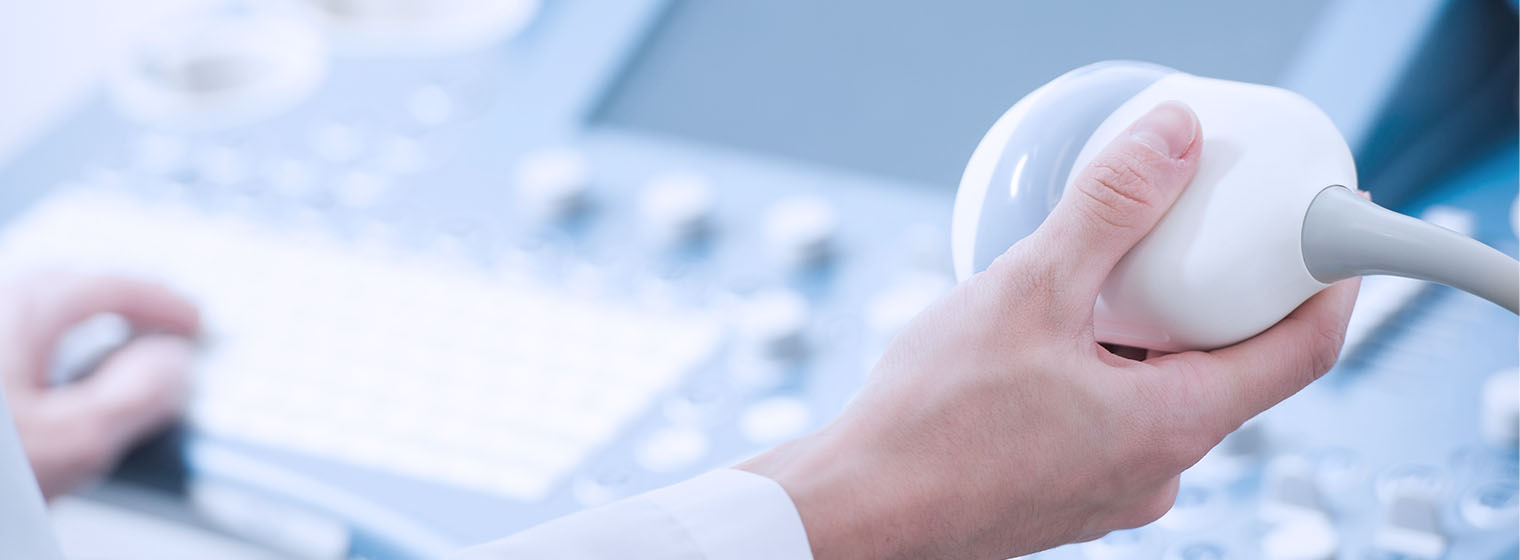- Find a DoctorDoctors by Specialty
- Cardiac Electrophysiology
- Cardiology
- Colon & Rectal Surgery
- Family Medicine
- Gastroenterology
- General & Vascular Surgery
- Gynecological Oncology
- Gynecology
- Infectious Disease
- Internal Medicine
- Interventional Cardiology
- Interventional Radiology
- Nephrology
- Neurology
- Neurosurgery
- Obstetrics & Gynecology
- Oncology
- Oncology & Hematology
- Orthopedic Surgery
- Otolaryngology
- Perinatology
- Psychiatry
- Pulmonary Medicine
- Radiation Oncology
- Rheumatology
- Sleep Medicine
- Thoracic Surgery
- Urology
- View All Doctors
- Our ServicesMedical Services
- Bariatric Services
- Behavioral & Mental Health
- Breast Care
- Cancer Care
- Critical Care
- Ear, Nose, & Throat
- Emergency Services
- Gastroenterology
- Glossary
- Heart Care
- Home Care
- Hospice & Palliative Care
- Imaging & Diagnostics
- Long-Term Care
- Nephrology
- Orthopedics
- Primary Care
- Rehabilitation Therapies
- Robotic-Assisted Surgery
- Sleep Services
- Spine Care
- Stroke Care
- Surgery Services
- Telehealth Services
- Urology
- Urgent Care
- Virtual Urgent Care
- Women’s Services
- Wound Care
- Our Locations
- Patients & Visitors
- About Us
What is an ultrasound?

An ultrasound is a procedure used to assess the organs and structures within a specified part of the body. Ultrasound allows your healthcare provider to easily view these organs and structures from outside the body. Ultrasound may also be used to assess blood flow to organs.
An ultrasound uses a handheld probe called a “transducer” that sends out ultrasonic sound waves at a frequency too high to be heard. When the transducer is placed on the body at certain locations and angles, the sound waves move through the skin and other body tissues to the organs and structures of the body area being studied. The sound waves bounce off the organs like an echo and return to the transducer. The transducer picks up the reflected waves. These are then converted into an electronic picture of the organs.
Different types of body tissues affect the speed at which sound waves travel. Sound travels the fastest through bone tissue, and moves most slowly through air. The speed at which the sound waves are returned to the transducer, as well as how much of the sound wave returns, is translated by the transducer as different types of tissue.
Before the procedure, clear, water-based gel is applied to the skin. This allows the transducer to move smoothly over the skin. It also helps remove any air between the skin and the transducer.
An ultrasound can also be used to assess blood flow within the body. The ultrasound transducer that does this contains a Doppler probe, which evaluates the speed and direction of blood flow in vessels by making the sound waves easy to hear. The degree of loudness of the sound waves indicates the rate of blood flow within a blood vessel. Absence or faintness of these sounds may mean there is a blockage of blood flow.
Why might I need an ultrasound?
What are the risks of an ultrasound?
How do I get ready for an ultrasound?
What happens during an ultrasound?
What happens after an ultrasound?
How do I find out my test results?
